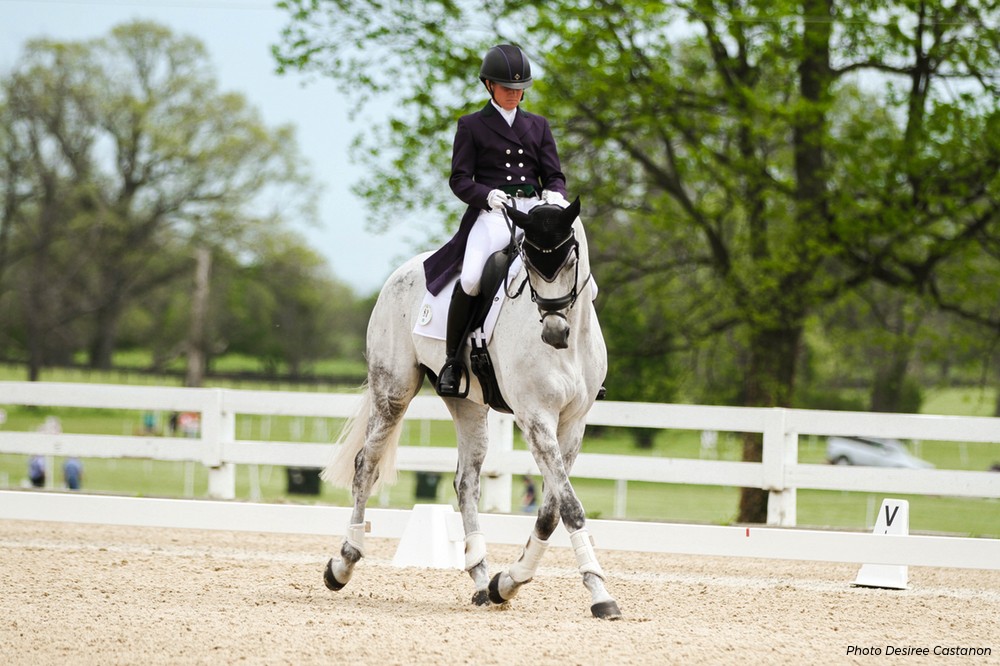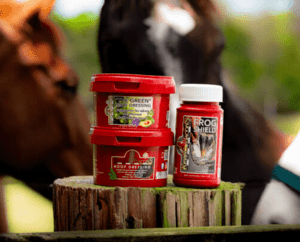Dressage Problems – Half Pass Faux Pas

Lateral movements can be challenging exercises for many horses and riders. However, the trot half pass is required in dressage tests from Third Level to Grand Prix, so it’s imperative to master this movement. USDF Gold, Silver, and Bronze Medalist, Lauren Knopp, of Wellington, Florida offers her insight on how to correct some common half pass faux pas.
Haunches Leading
“This is the most common mistake riders make when riding half passes and it usually stems from not preparing the movement properly out of the corner. Riders start using their outside leg too early in an effort to get to their letter. Establish shoulder-in first and then ask for the sideways lateral movement. The inside leg regulates the bend and the outside leg creates the aid to go sideways. Don’t use the outside leg without the inside or the haunches will leave the rail first.”
Getting Slower And Losing Bend
“I also see riders that begin their half pass in a quality trot, but it falls apart as they progress towards their letter. The trot gets behind the leg, and by the end of the movement they’ve also lost the bend. One solution would be to ride a half pass to shoulder-in exercise in which you alternate between the two movements. Before losing the correct bend in the half pass, ride shoulder-in a few strides. Since you only have to ride a few strides of half pass, it’s easier to regulate the bend. This will also make it easier to maintain the tempo. Make sure that you’re half halting to keep the horse on the aids and not crossing the inside hand over the withers, as this causes head tilt.”
Like this article? Try: Nail The Test With Crisp Transitions
You Can’t Make It To The Letter
“If you’re struggling to make it to your letter, try physically turning your head towards it. A lot of trainers say that you should only look with your eyes, but if you’re having trouble this is okay. The horse is more likely to follow where you’re looking, and by turning your head you also turn your shoulders and upper body. Just like riding a bicycle, the bike will go in the direction you turn. Some riders tense up or get crooked in the half pass, which interferes with the horse’s balance. The biomechanics of riding position tell us that this doesn’t help the horse at all. The rider’s shifted weight inhibits the horse rather than allow his movement to flow. Also try thinking about positioning the horse so the letter you’re riding to is between his ears.”

